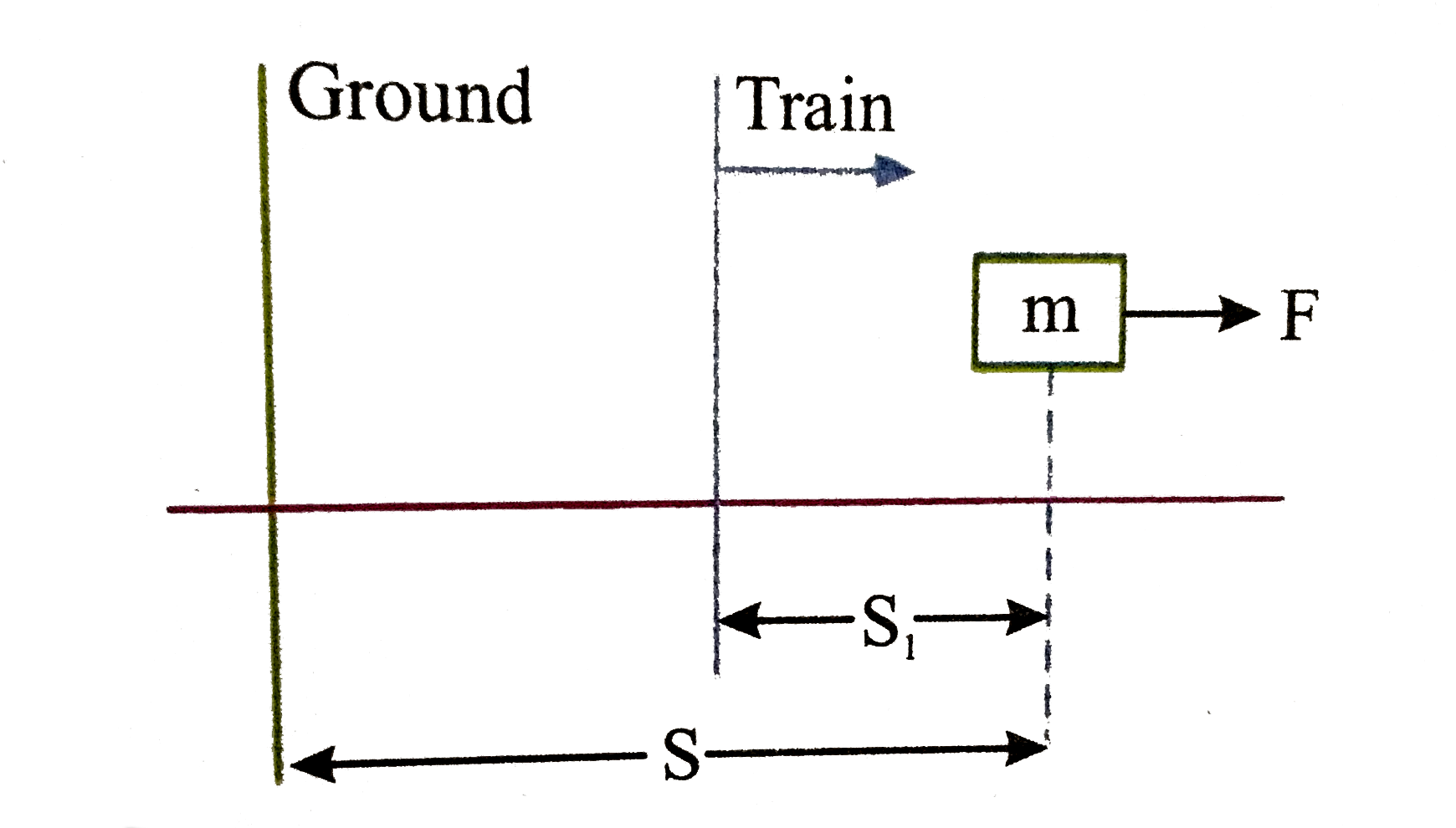An isolated rail car of mass M is moving alonga straight, frictionless track at an initial speed v0. The car is passing under a bridge when a crate filled with N bowling balls, each of mass m, is dropped from the bridge into the bed of the rail car. the crate splits open and the bowling balls bounce around inside the rail car, but none of them fall out.
(A). Is the momentum of the ratil car+bowling balls system conserved in this collision?
The correct Answer is:A, C
Topper's Solved these Questions
- IMPULSE AND MOMENTUMBOOK - ANURAG MISHRACHAPTER - IMPULSE AND MOMENTUMEXERCISE - L-2
21 Videos
- IMPULSE AND MOMENTUMBOOK - ANURAG MISHRACHAPTER - IMPULSE AND MOMENTUMEXERCISE - L-3,(P-1)
5 Videos
- IMPULSE AND MOMENTUMBOOK - ANURAG MISHRACHAPTER - IMPULSE AND MOMENTUMEXERCISE - Example
50 Videos
- FORCE ANALYSISBOOK - ANURAG MISHRACHAPTER - FORCE ANALYSISEXERCISE - Matching type
13 Videos
- RIGID BODY MOTIONBOOK - ANURAG MISHRACHAPTER - RIGID BODY MOTIONEXERCISE - MATCH THE COLUMN
12 Videos
Similar Questions
An isolated rail car of mass M is moving alonga straight, frictionless track at an initial speed v0. The car is passing under a bridge when a crate filled with N bowling balls, each of mass m, is dropped from the bridge into the bed of the rail car. the crate splits open and the bowling balls bounce around inside the rail car, but none of them fall out.
(B).What is the average speed of the rail car + bowling balls system some time after the collision?
View SolutionAn open rail road car of mass M is moving with initial velocity v0 along a straight horizontla and friction less track.It suddenly starts raining at time t=0. The rain drops fall vertically with velocity with velocity u and add a mass of m kg/sec of water . The velocity of car after t second is
View Solution
Knowledge Check
An isolated rail car of mass M is moving along a straight, frictionless track at an initial speed v0. The car is passing under a bridge when a crate filled with N bowling balls, each of mass m, is dropped from the bridge into the bed of the rail car. The crate splits open and the bowling balls bounce around inside the rail car, but none of them fall out. Is the momentum of the rail car + bowling balls system conserved in this collision ?
AYes, the momentum is completely conservedBOnly the momentum component in the vertical direction is conservedCOnly the momentum component parallel to the track is conservedDNo components are conservedAn open rail road car of mass M is moving with initial velocity v0 along a straight horizontla and friction less track.It suddenly starts raining at time t=0. The rain drops fall vertically with velocity with velocity u and add a mass of m kg/sec of water . The velocity of car after t second is
AM+mMV0tBMV0tM+vCMv0M+mtDM(M+m)v0A block of mass m sits at rest on a frictionless table in a rail car that is moving with speed vc along a straight horizontal track (fig.) A person riding in the car pushes on the block with a net horizontal force F for a time t in the direction of the car's motion.

According to a person standing on the ground outside the train ?AVc+FtmBVc−2FtmCFtm−VcDzero
A car of mass m moving over a convex bridge of radius r .Find the normal reaction acting on car when it is at bighest point the bridge.
View SolutionA car of mass m moving over a convex bridge of radius r .Find the normal reaction acting on car when it is at bighest point the bridge.
View SolutionA car of mass 2500kg is moving in a circular track of diameter 100m with a speed of 72km/h. What is the angular momentum of the car ?
View SolutionOn a railway curve, the outside rail is laid higher than the inside one so that resultant force exerted on the wheels of the rail car by the tops of the rails will
View SolutionAn open topped rail road car of mass M has an initial velocity v0 along a straight horizontal frictionless track. It suddenly starts raising at timet = 0. The rain drops fall vertically with velocity u and add a mass m kg/sec of water. The velocity of car after t second will be (assuming that it is not completely filled with water)
View Solution
